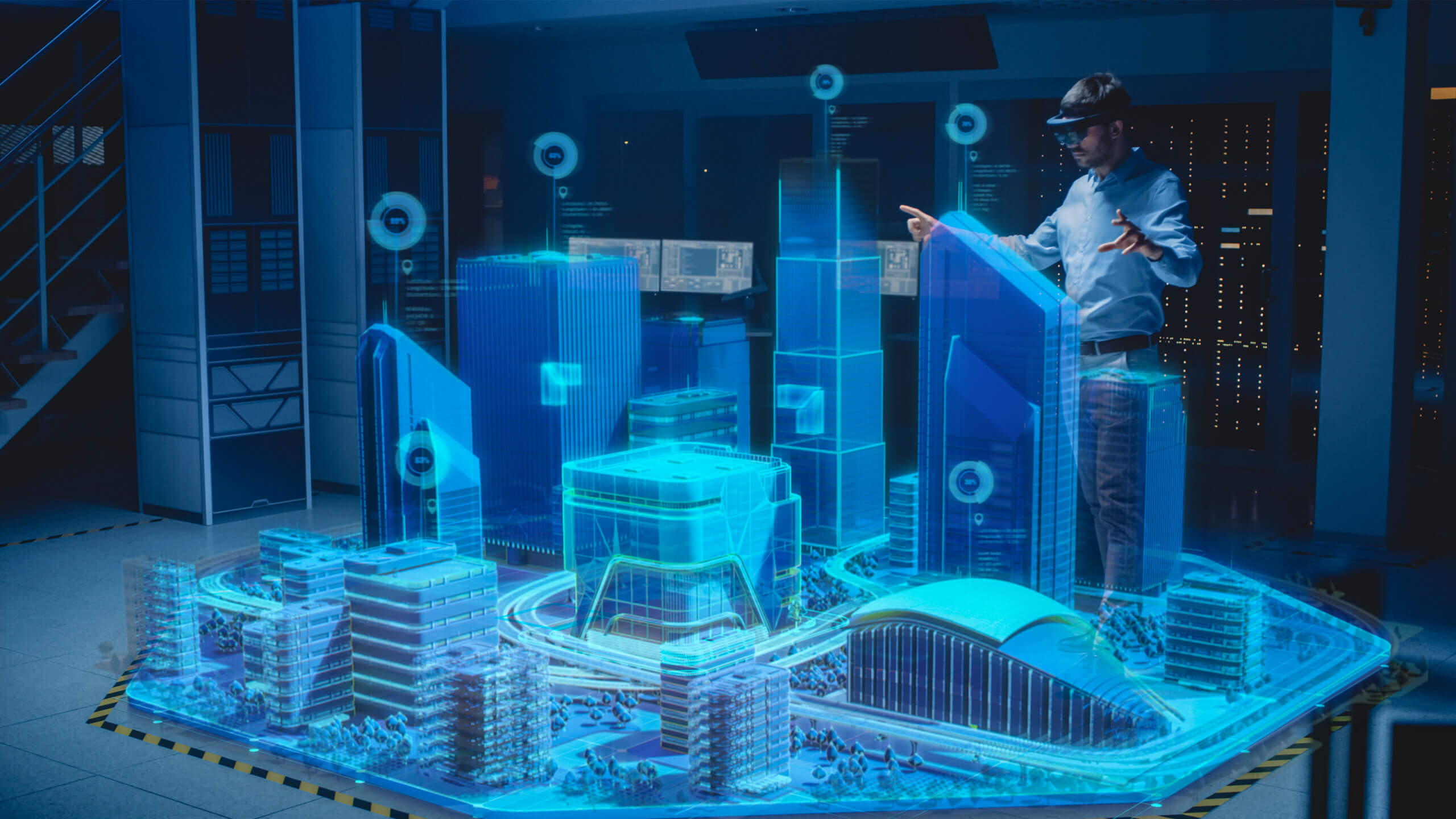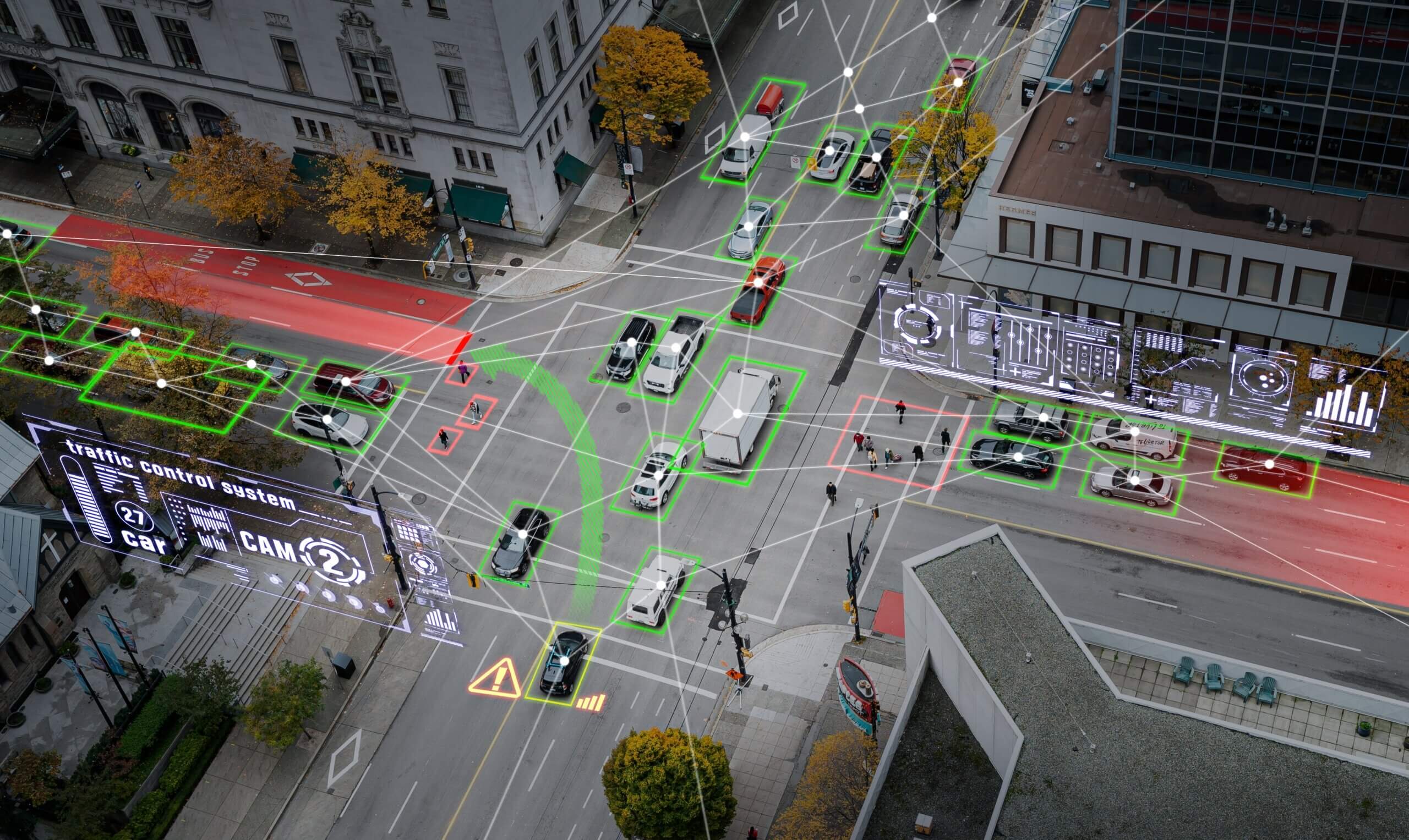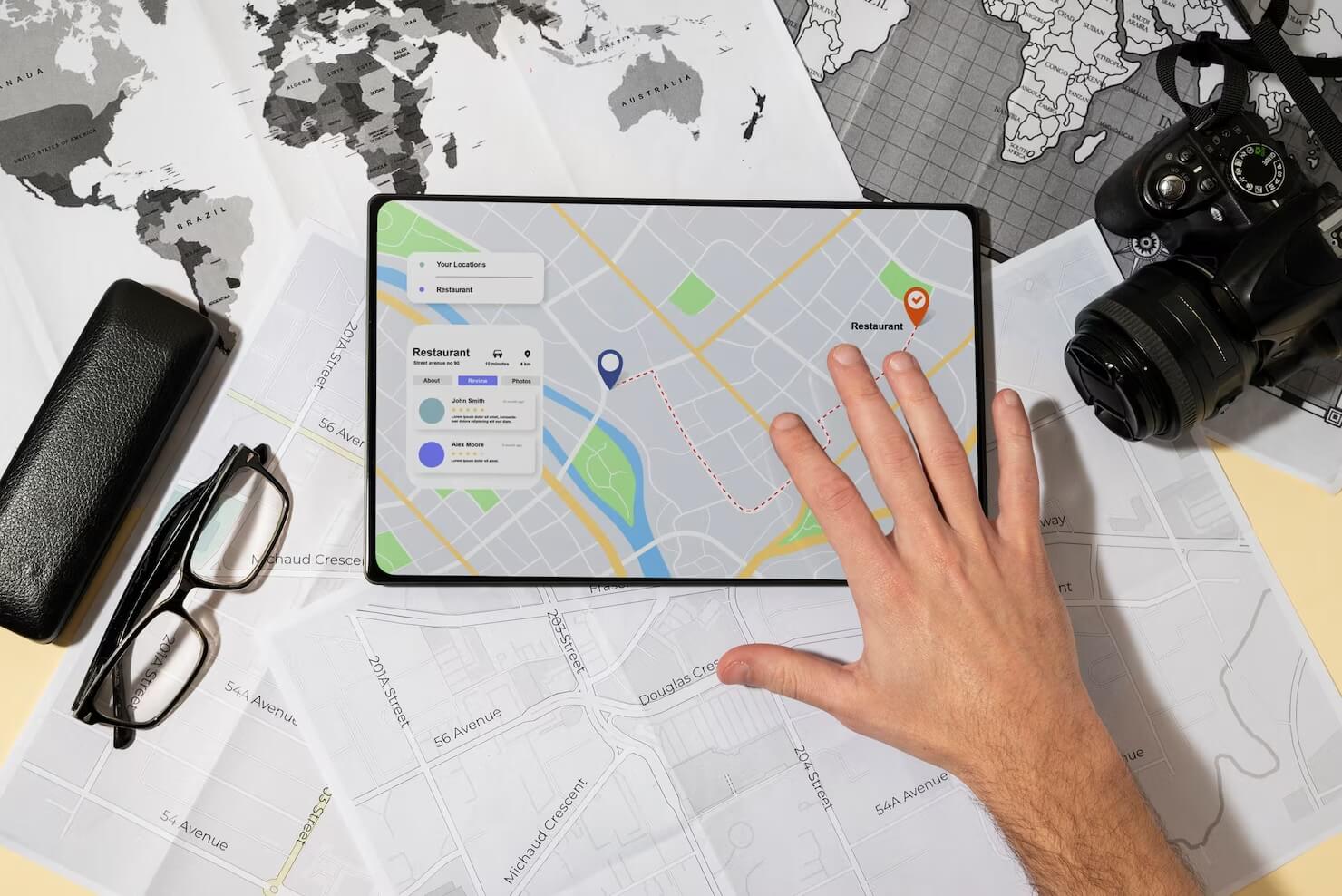In the intricate weave of smart city planning, IT staff augmentation emerges as the thread that bridges innovation with implementation, bolstering urban development with technical expertise and agility. By seamlessly integrating augmented IT teams into the urban planning process, cities can navigate the complexities of digital transformation while fostering sustainable growth and efficiency.

- Understanding Urban Planning in the Context of Smart Cities
- Defining IT staff augmentation
- Challenges faced in urban planning for smart cities
- How IT staff augmentation can help the urban planning of smart cities?
- Examples of IT Staff Augmentation in Smart City Projects
- TL;DR: Recapping the role of IT staff augmentation in Urban Planning for smart cities
As cities worldwide embark on the journey towards becoming smarter, the integration of technology has become paramount in urban planning. Let’s delve into the pivotal role of IT staff augmentation in shaping the urban planning of modern smart cities.
Understanding Urban Planning in the Context of Smart Cities
Let’s dive into a bit more detail about what is urban planning and what role it plays in the context of building smart cities.
What is urban planning?
Urban planning is a multidisciplinary field concerned with the design, organization, and management of urban spaces, including cities and towns, to create sustainable, functional, and aesthetically pleasing environments for people to live, work, and play in. It involves various aspects of land use, transportation, infrastructure, environmental sustainability, economic development, social equity, and public policy.
Urban planners work to improve the quality of life in urban areas by promoting sustainable development, enhancing social equity, and fostering economic growth. They often collaborate with architects, engineers, policymakers, and community members to develop comprehensive plans and policies that guide the growth and development of cities cohesively and efficiently.

What are smart cities?
Smart cities are urban areas that leverage technology and data-driven solutions to improve the efficiency, sustainability, and quality of life for residents. These cities use advanced technologies such as the Internet of Things (IoT), artificial intelligence (AI), data analytics, and sensors to collect and analyze data in real time.
Here are some common characteristics of smart cities:
- Smart Infrastructure: This includes intelligent transportation systems, energy-efficient buildings, smart grids, and integrated utility networks.
- Digital Connectivity: Smart cities prioritize high-speed internet access and digital connectivity to enhance communication, access to services, and civic engagement.
- Data-driven Decision Making: Data collected from sensors, cameras, and other sources are analyzed to optimize city operations, improve public services, and respond to emerging challenges.
Some other key factors of smart city initiatives include sustainability, citizen engagement, and security. Overall, the goal of smart cities is to create more livable, efficient, and sustainable urban environments by harnessing the power of technology and innovation.
Defining IT staff augmentation
IT staff augmentation services involve hiring skilled professionals on a temporary basis to supplement an organization’s existing IT team. These professionals typically work remotely or on-site, depending on the project requirements, and are integrated seamlessly into the client’s workforce to provide additional expertise and support.
IT staff augmentation allows businesses to scale their IT capabilities quickly and cost-effectively without the long-term commitment of hiring full-time employees.
Challenges faced in urban planning for smart cities
There are some challenges that urban planning faces when building smart cities.
Integration of diverse technologies
Efficient city planning involves the integration of various advanced technologies to enhance functionality and sustainability. However, harmonizing diverse technologies poses challenges in smart city urban planning. Integrating disparate systems such as IoT devices, renewable energy sources, and AI-driven infrastructure requires careful coordination and standardization to ensure seamless operation.
Additionally, interoperability issues among different platforms and technologies can hinder efficient data sharing and management. Furthermore, balancing technological innovation with social equity and privacy concerns adds complexity to the planning process.
Thus, achieving the full potential of smart cities necessitates addressing these challenges through comprehensive strategies and collaborative efforts among stakeholders.

Data privacy and security
In the pursuit of efficient urban planning in smart cities, the integration of advanced technologies heavily relies on data collection and analysis. However, ensuring data privacy and security presents a significant challenge. With an intricate network of interconnected devices and systems gathering vast amounts of data, the risk of breaches and unauthorized access increases. Safeguarding sensitive information from cyber threats becomes paramount, especially considering the potential implications on citizens’ privacy and trust.
Moreover, balancing the need for data-driven insights with the protection of personal information demands robust governance frameworks and encryption protocols to mitigate risks effectively. Therefore, addressing data privacy and security concerns is integral to fostering trust and sustainability in the evolution of smart cities.
Digital divide and inclusivity
Efficient urban planning in smart cities heavily relies on advanced technology to enhance functionality and connectivity. However, the digital divide and inclusivity present significant challenges in ensuring equitable access to these technological advancements. Disparities in internet connectivity, access to digital devices, and technological literacy can heighten social inequalities, marginalizing segments of the population from benefiting fully from smart city initiatives.
Bridging this gap requires proactive measures such as infrastructure investment, digital skills training programs, and community engagement to ensure that all citizens have equal opportunities to participate and benefit from the transformation towards smarter, more inclusive, and more efficient cities.
How IT staff augmentation can help the urban planning of smart cities?
Let’s look into some of the ways that IT staff augmentation can help with the urban planning of smart city initiatives.
Access to top-notch experts
Access to top-notch experts through IT staff augmentation for urban planning in smart cities offers several advantages. These experts bring specialized knowledge and skills, enabling the integration of cutting-edge technologies like IoT, AI, and data analytics into urban infrastructure.
This facilitates efficient resource management, enhances citizen services, and fosters sustainable development by leveraging expertise tailored to the unique challenges of smart city planning. Additionally, it promotes collaboration between local authorities and industry leaders, ensuring the implementation of innovative solutions that address complex urban issues effectively.
Flexibility in scaling IT resources
Flexibility in scaling IT resources through IT staff augmentation enables smart cities to adapt to evolving needs and challenges efficiently. It allows urban planners to quickly upscale or downscale their IT workforce based on project requirements. Thus optimizing resource allocation and cost-effectiveness.
This agility ensures that smart city initiatives can keep pace with technological advancements and changing urban dynamics, fostering innovation and resilience in urban planning strategies.

Increased productivity & efficiency
IT staff augmentation enhances productivity and efficiency in urban planning for smart cities by providing access to specialized expertise and resources precisely when needed. This approach enables faster project implementation, streamlined workflows, and quicker decision-making processes. Therefore, leading to accelerated development timelines and reduced time-to-market for smart city initiatives.
Additionally, leveraging IT staff augmentation allows for the optimization of existing resources. Ultimately maximizing output and ensuring that urban planning projects are executed with greater precision and effectiveness.
Cost-effective
IT staff augmentation can be a very cost-effective solution for urban planning when creating smart cities. When hiring developers through this hiring model, you know exactly how you will pay. There are no hidden costs, fees, etc.
You only pay the daily rate of the developer which can range anywhere from 30 to 100 dollars per hour. With Swyply, you don’t have to pay taxes, health insurance, sick leave, or vacation time. We take care of that part. Moreover, you don’t have to worry about other additional employee costs such as home office infrastructure, e-learning courses, etc.
Our 14-day guarantee
When you use Swyply IT staff augmentation services you gain a 14-day risk-free trial period. This way you can test out the developers you hired to create sustainable cities. Within these 14 days, you can exchange the developer you have if something changes or it’s not the right fit. However, if after 14 days you are still unhappy, you can leave our cooperation and not a pay cent.
Examples of IT Staff Augmentation in Smart City Projects
Let’s take a look at some real-life examples of IT staff augmentation in smart city initiatives.

Example 1: Implementation of IoT solutions for traffic management in a smart city
A city government has embarked on a transformative journey to address its complex urban mobility challenges. It has been through the implementation of IoT solutions for traffic management. So by partnering with IT staff augmentation firms, the city government has deployed a network of interconnected sensors and cameras. They are strategically placed across key thoroughfares.
These IoT devices continuously collect real-time data on traffic flow, vehicle density, and road conditions. Thus enabling city planners to make informed decisions in optimizing traffic patterns and alleviating congestion hotspots.
This collaborative effort not only enhances urban mobility by facilitating smoother traffic flow. But also safeguards critical infrastructure by reducing the risk of accidents and minimizing wear and tear on roadways.
Example 2: Integration of data analytics for optimizing energy usage in urban buildings
A city administration has embraced the integration of data analytics to optimize energy usage in urban buildings, collaborating with IT staff augmentation teams for implementation. Through the utilization of advanced analytics algorithms, data from various sources, including:
- energy meters
- and building management systems,
is collected and analyzed in real-time.
This enables city planners to identify patterns of energy consumption. Moreover, they can pinpoint inefficiencies, and recommend tailored strategies for reducing energy usage while maintaining occupant comfort levels. By leveraging open data principles, a city can also provide valuable insights to building owners and residents. Ultimately, fostering a collaborative approach towards sustainability and the efficient use of natural resources.

TL;DR: Recapping the role of IT staff augmentation in Urban Planning for smart cities
Urban planning is the strategic process of designing and managing the development of cities. While smart cities integrate technology to enhance the efficiency and sustainability of urban living. In this digital age, the role of IT staff augmentation in shaping the urban landscape of smart cities cannot be overstated.
By leveraging the expertise of skilled developers through IT staff augmentation, urban planners can harness the power of technology to tackle complex challenges. Also, to build innovative solutions for smarter, more connected cities. From implementing IoT sensors to optimizing transportation systems, these professionals play a pivotal role in driving the evolution of urban environments.
Ready to revolutionize your city’s future? Drop us a line today to learn how IT staff augmentation can empower your urban planning initiatives. Pave the way for a smarter, more sustainable tomorrow.


Comments